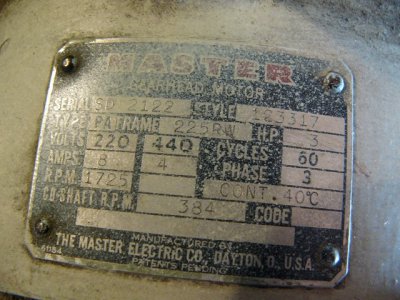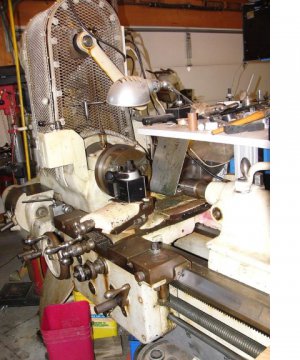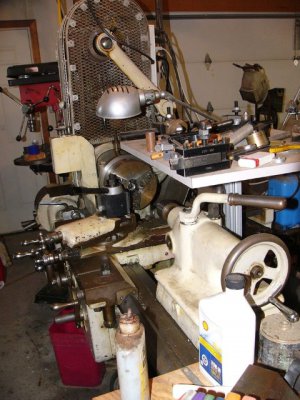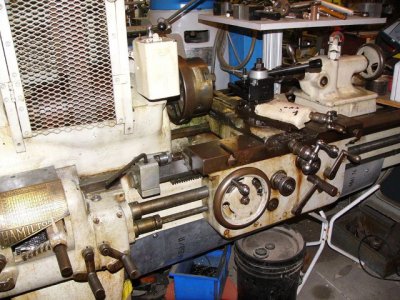- Joined
- May 9, 2020
- Messages
- 18
A few months ago, I purchased a Hamilton lathe. It's a monster, and way more than what I actually need, but the price was too good to pass up. I have not operated a lathe in 45 years, so I am about as green of a novice as they come. Right now, the lathe is still in my trailer, because it took 4 of us to get it in, and now with Covid19, and social distancing, there's no one to help me get it into my shop. So while I wait, I thought I would figure out what I need to do to power it up once it is in my shop. It has a 3hp 3phase motor. What is the best way to power it up? I don't have 3phase power, so I am left with some sort of converter. I understand that with a static converter, I will only get 2/3 of the motors output. Probably not a problem for the time being since I will only be doing small projects to cut my teeth on. I would love to get a rotary converter, but being retired, cost is a consideration. Any input/recommendations would be appreciated.
Also, I am curious. I have seen lathes that have some sort of brake on them that causes them to stop rotating almost immediately when the power is turned off like a lawn mower does. Is this a function of running true 3 phase vs a static converter which only powers the motor in single phase? or is there some sort of mechanical brake that does this? Would a lathe as old as mine even have a brake on it?
Thanks for any help in advance!
Also, I am curious. I have seen lathes that have some sort of brake on them that causes them to stop rotating almost immediately when the power is turned off like a lawn mower does. Is this a function of running true 3 phase vs a static converter which only powers the motor in single phase? or is there some sort of mechanical brake that does this? Would a lathe as old as mine even have a brake on it?
Thanks for any help in advance!






